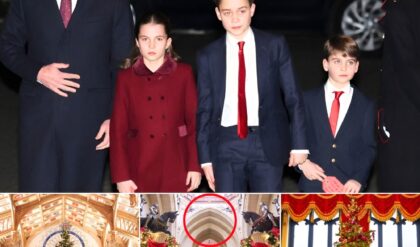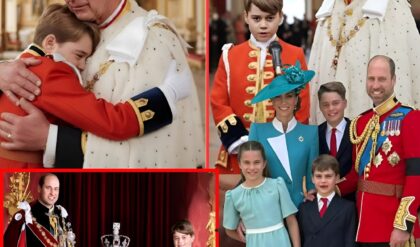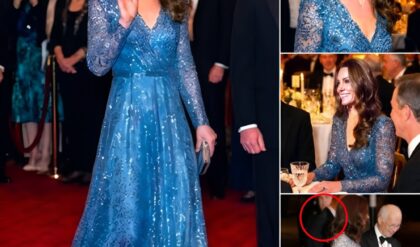There may not be dragons and White Walkers, but these two shows have more in common than you’d think.
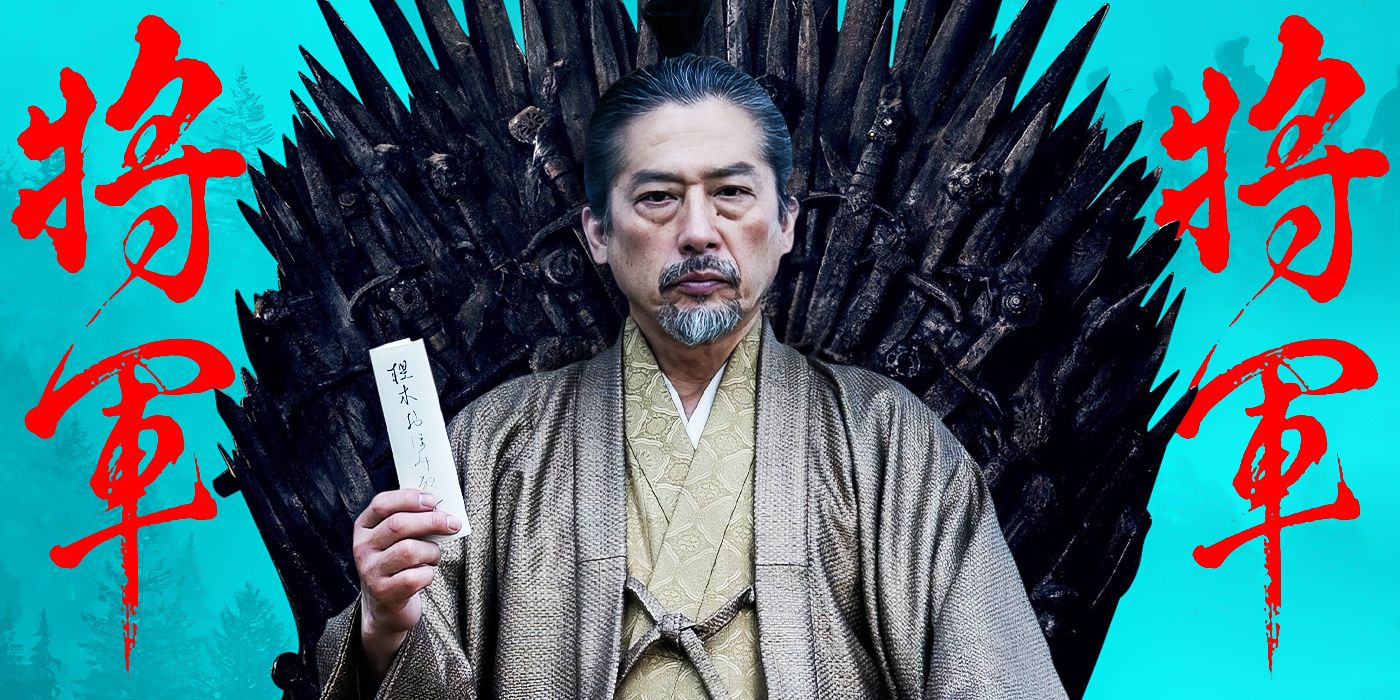
A genuine masterclass in television, FX’s Shōgun has reached its dramatic conclusion, wrapping up its emotionally powerful story about duty, loyalty, and fate. Shōgun is truly a series of epic proportions, exploring the intricate political tensions and rivaling factions attempting to secure power in feudal Japan. With its medieval setting and morally gray characters, the series has drawn several favorable comparisons with Game of Thrones. From their immersive worlds, complex plots, and precarious stacking of scheming characters, there are plenty of similarities, even as the two series maintain their distinct identities.
While the vast majority of the actual stories in these two series are drastically different, there is one structural tool that they both implement to tremendous success. In the climactic final episodes of Shōgun, the episode structure of the show is strikingly reminiscent of the way Game of Thrones, taking a similar approach in how it wraps up the multiple intersecting threads of each narrative arc. Like Game of Thrones, Shōgun’s penultimate episode has the peak of the season’s action spectacle, subverting expectations by having more understated finales that allow the audience to simmer on the consequences of the entire season. Though some viewers may feel surprised at the lack of action in Shōgun’s final episode, the choice to wrap up its many narrative threads with a more contemplative tone powerfully affirms the show’s overarching themes and provides a space to say farewell to beloved characters.
‘Shōgun’ Subverts Expectations in the Finale
The tensions in Shōgun were consistently, constantly, ratcheted up to new heights with every new episode, seemingly poised to launch feudal Japan into a long, bloody war. What first appears to be a story about a single wayward pilot turns into an interwoven web of conflicting ambitions and duty. An enemy can turn into a friend, a friend to an enemy, and even a character believed to be a hostage turned out to be one of the most powerful people in the entire series. However, just as Lord Toranaga (Hiroyuki Sanada) seems on the verge of defeat, he and Lady Mariko (Anna Sawai) execute the Crimson Sky plan. And though Crimson Sky doesn’t end up being as physically destructive as people are first led to believe, it’s nonetheless the most spectacular and ingenious move by Toranaga, effectively placing the Council of Regents in checkmate.
Neither the audience nor even most of Toranaga’s vassals could have predicted the true nature of this plan. “Crimson Sky,” the ninth episode of the series, ends up being the most critical step to Toranaga’s victory. Mariko’s defiance of the Council, leading to the release of the hostages, and her subsequent death, ultimately lead to Ochiba’s (Fumi Nikaido) unspoken alliance with Toranaga as revealed in the last episode. The war is already won in Episode 9, and Episode 10 serves as a powerfully concluding paragraph for all the characters’ arcs.
The final episode, rather than focusing on Toranaga’s military victory, instead prepares all the remaining characters for their next journey. The pilot-turned-hatamoto John Blackthorne (Cosmo Jarvis) finds his destiny in Japan as a loyal vassal to Toranaga, never to return to England. The wily Yabushige (Tadanobu Asano) faces the consequences of his treachery, while still finding some semblance of honor with his blessings for his nephew. And Lord Toranaga, though not officially the shōgun, is poised for victory and on a path to a more peaceful Japan. There’s no action in this episode, as even the foreshadowing of Toranaga’s fateful battle never shows the actual fighting. This episode is a powerful punctuation mark on this tremendous story, managing to feel conclusive and satisfying even though it ends earlier than audiences might expect.
‘Game of Thrones’ and ‘Shōgun’ Have a Similar Season Structure
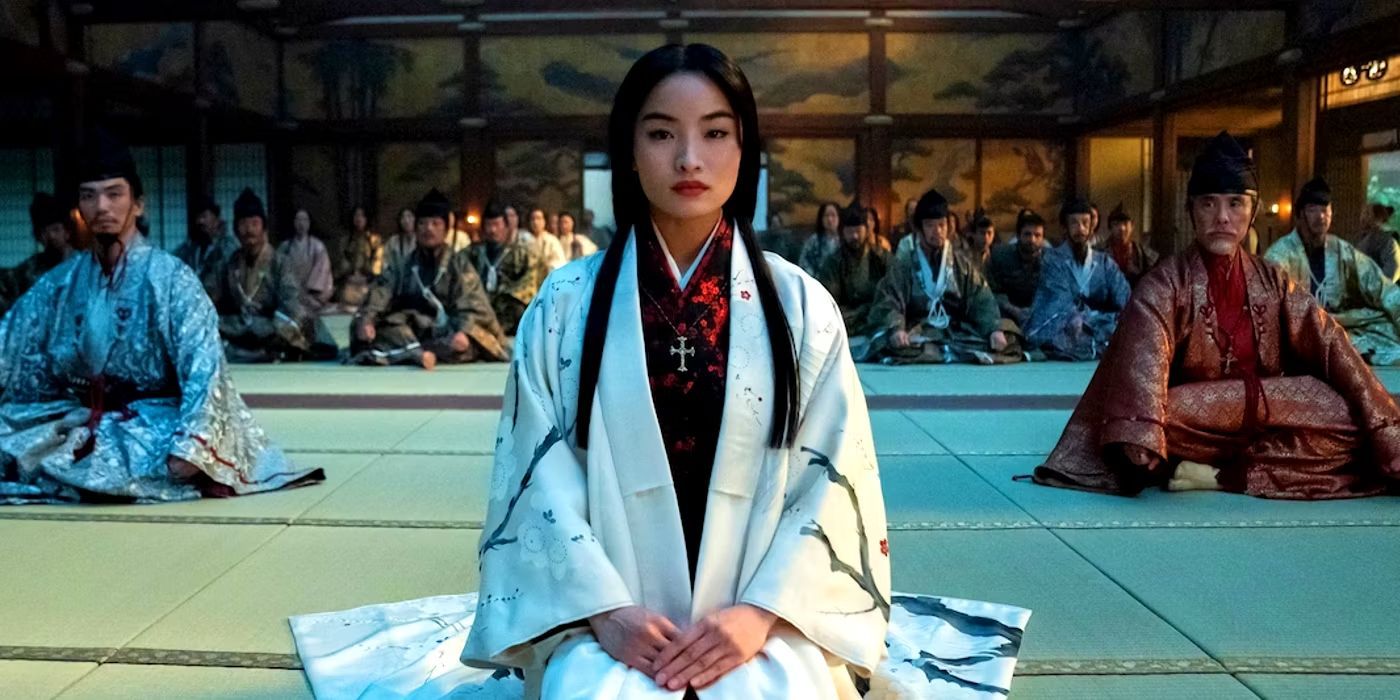
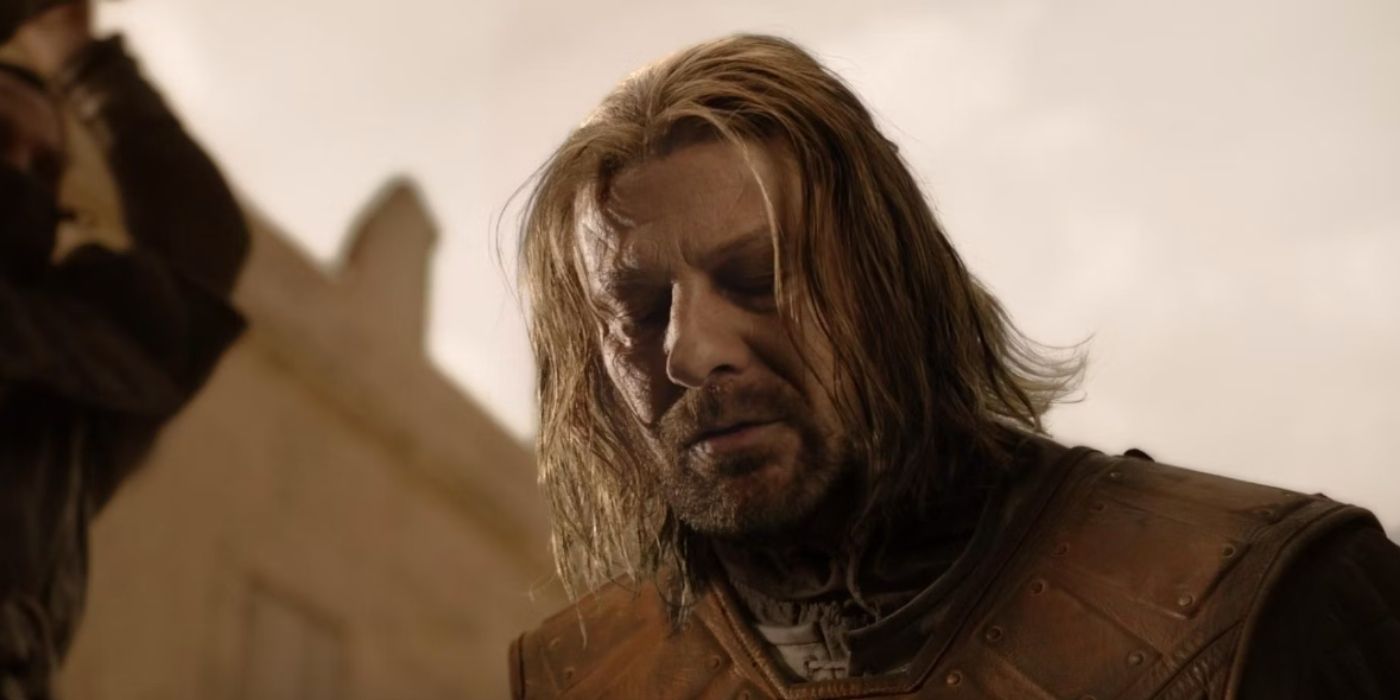
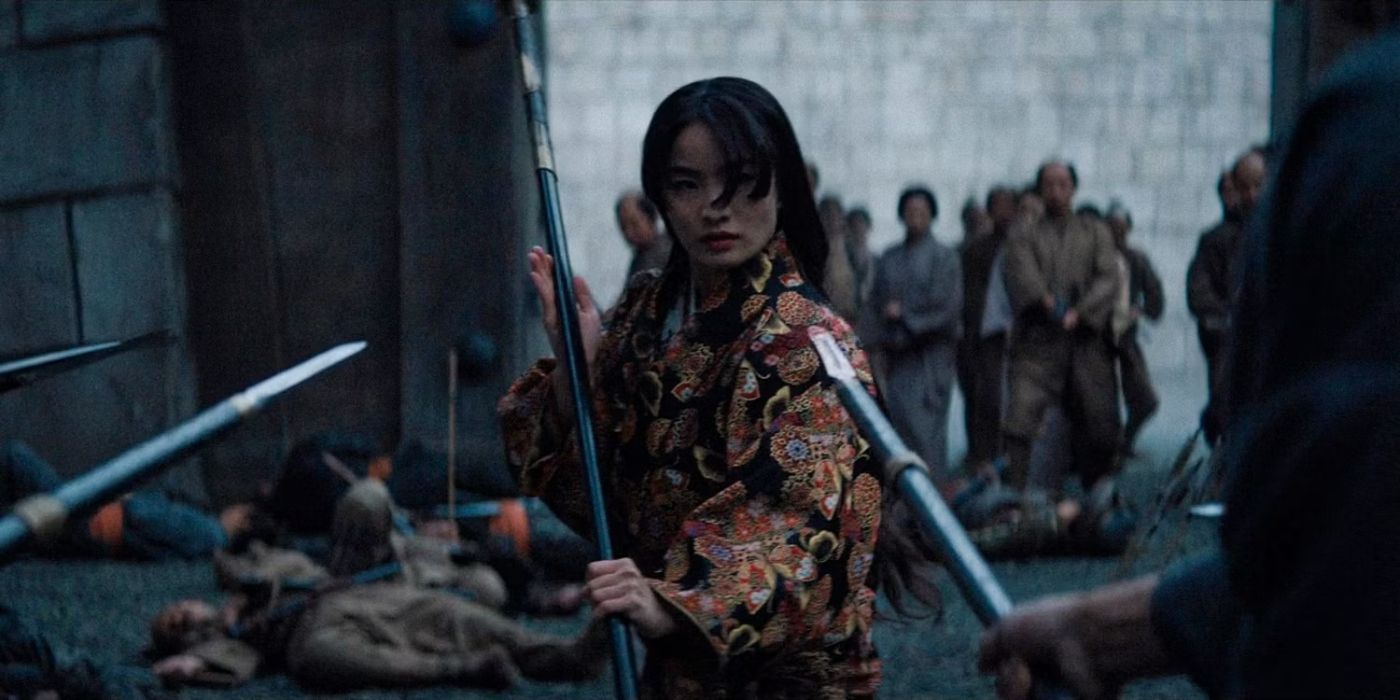
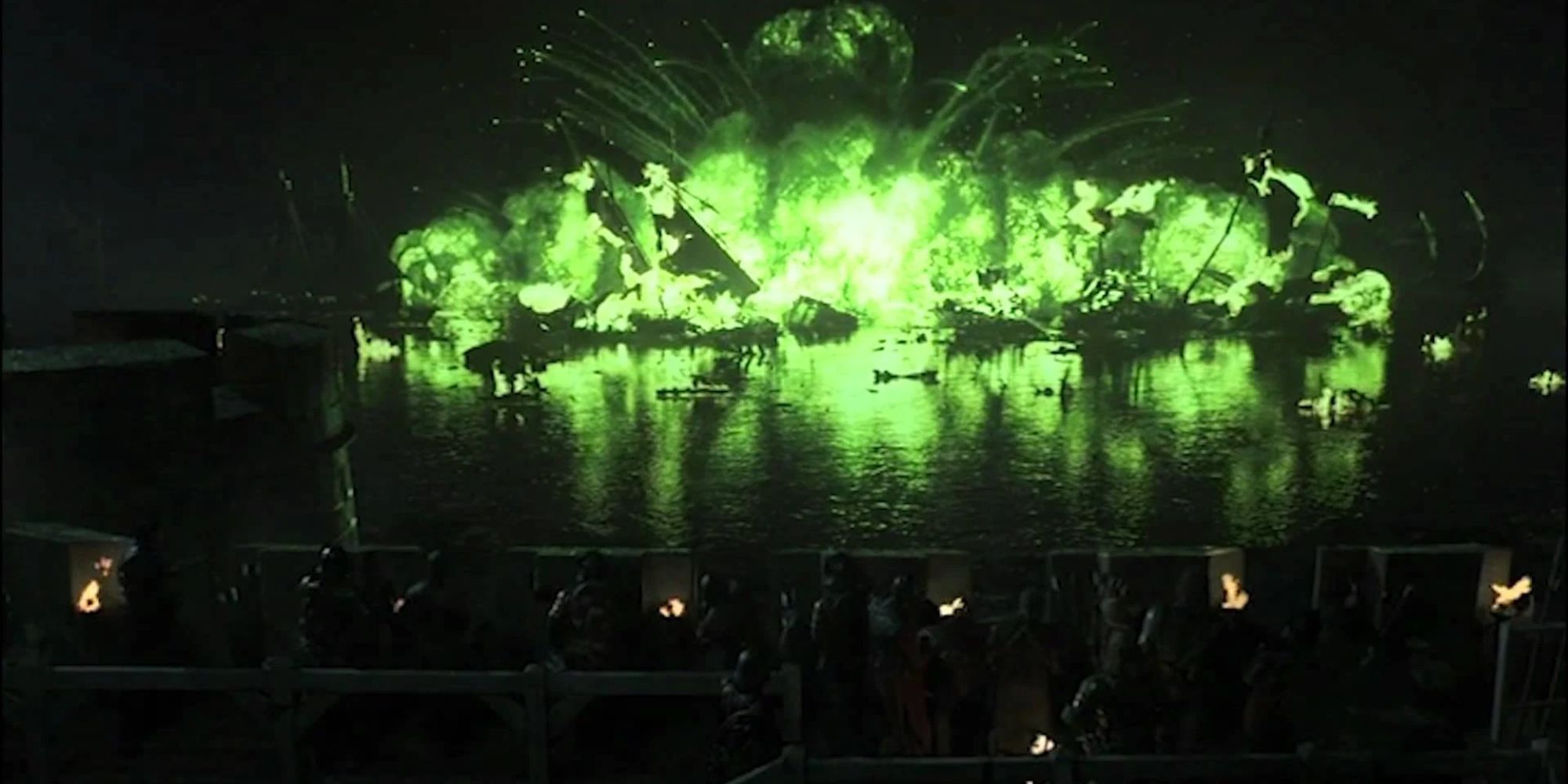
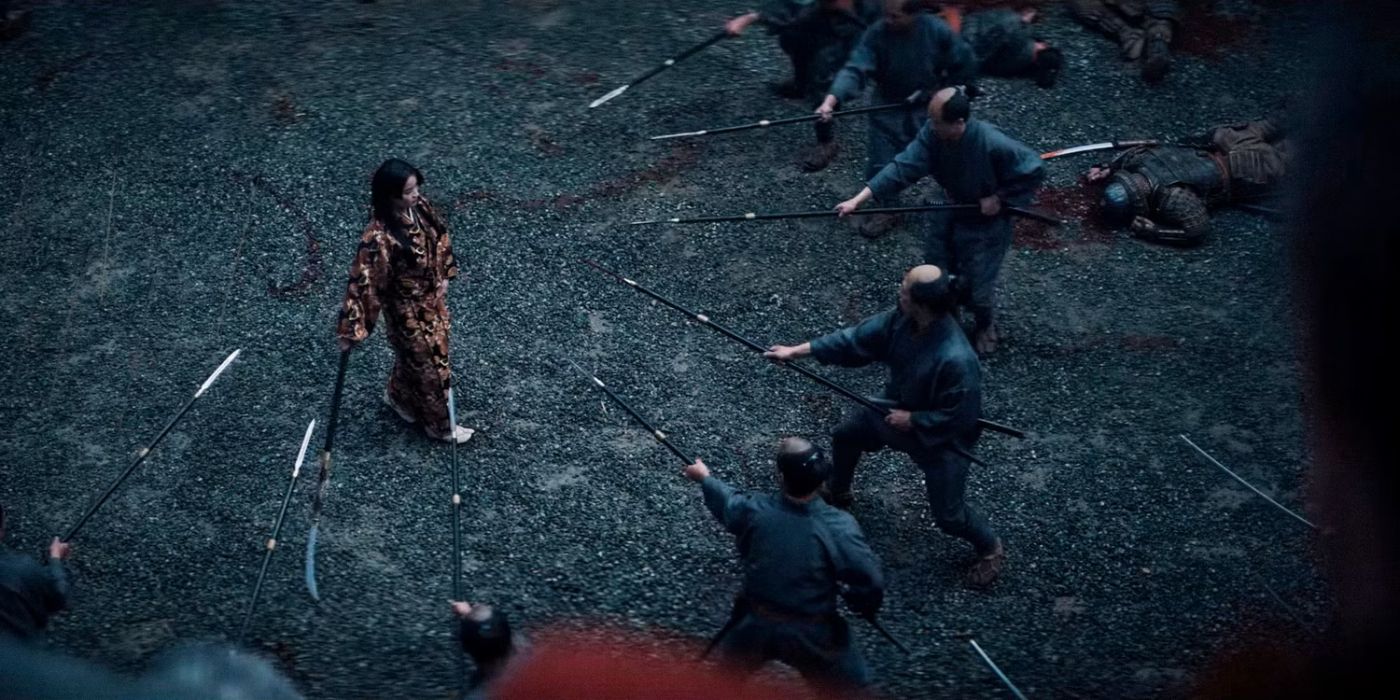
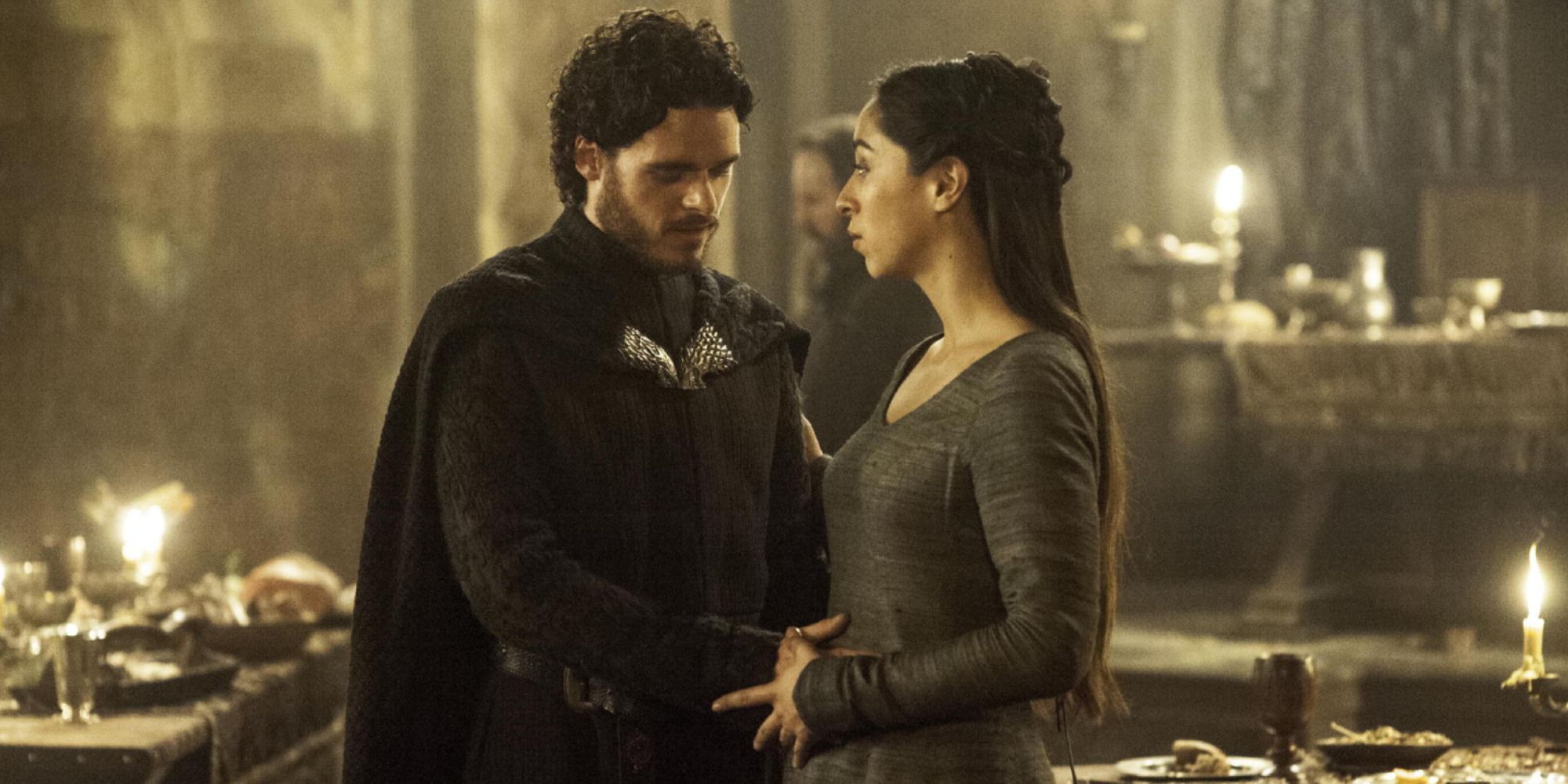
It’s this one-two punch of an action-packed episode immediately before the season finale that ends up being one of the most striking similarities that Shōgun has to Game of Thrones. The pattern is already well established in the latter, as the penultimate episodes of Game of Thrones always featured the most exciting spectacle of each season, serving as the dramatic conclusion to at least one of the major story arcs. Then, like in Shōgun, the final episodes served as staging grounds for the characters in their drastically changed circumstances.
Game of Thrones shocked the world when Ned Stark (Sean Bean) was beheaded before the first season was even finished, executed before the finale. The next episode then highlighted the fallout of this situation, moving the key players to their new position as Robb (Richard Madden) declared war, Tyrion Lannister (Peter Dinklage) became Hand of the King, and the Daenarys Targaryn’s (Emilia Clarke) trio of dragon eggs finally hatched. Game of Thrones continued to use this storytelling structure to tremendous success, giving each season’s arcs a sense of finality before setting up the key players for the next round.
Season 2’s “Battle of the Blackwater” was Stannis Baratheon’s (Stephen Dillage) destructive siege on King’s Landing, immediately followed by the episode where Tyrion becomes Hand of the King, after playing a pivotal role in stopping said assault. The infamous Red Wedding takes place in the second-to-last episode of Season 3, a tragedy right before some key reunions in the next episode, as Jaime Lannister (Nikolaj Coster-Waldau) reunites with Cersei (Lena Headey), and Jon Snow (Kit Harington) returns to the Night’s Watch. The pattern goes on even through the series’ controversial ending. Though the victor of the Iron Throne is ultimately dealt with in the final episode, it’s the one before it, “The Bells,” wherein King’s Landing is torched, and the most devastation is wrought.
The last two episodes of each season are perfectly complementary to each other, as they conclude important events while showing audiences a glimpse of where the characters are going next. Both of these need to be done for any satisfying ending, as audiences both need time to acknowledge how the characters have changed since the beginning while continuing to be committed to watching their future. Based on a single novel rather than a series, Shōgun’s season finale gives audiences a more concrete sense of finality than Game of Thrones, but it nonetheless provides the audience with a clear idea of what lies in wait for the remaining characters.
‘Shōgun’s Ending Is Quiet but More Emotional
Giving an audience a moment to breathe and reorient after a story is only natural, as immense narrative journeys often end with characters far different from where they began, and often they themselves have transformed too. But this particular tool works exceptionally well for shows like Shōgun and Game of Thrones because of their ensemble casts and the nature of their stories. Both series have sprawling and intricate storylines, with a vast number of different key figures driven by distinct motivations, and equipped with unique tools to achieve this. A more character-driven finale is the most effective way to tie up many loose ends with finality, allowing audiences to see the conclusion of as many narrative threads as possible. As important as Mariko’s victory in Osaka is, audiences also need to see what ultimately happens to Yabushige and Blackthorne. As devastating as the Red Wedding was, the viewers also needed to know where that tragedy left its survivors.
While Shōgun’s ending can feel like a major expectation subversion, it ultimately aligns with the overarching themes of the story, creating a more emotionally resonant ending for viewers. As Collider’s Kelcie Mattson puts it: Shōgun was never about the war. Though the story was centered around conflict and gaining political power, it was character-driven rather than action-centric. Even though there are plenty of captivating action moments, the series shines the brightest with its subdued and poignant character work.
Game of Thrones and Shōgun have more differences than similarities, but audiences have drawn comparisons for a reason. As both series balance countless characters, intersecting narrative throughlines and multi-layered conflict, their specific episode structure proves to be a tremendous asset. By giving viewers tremendous spectacle and a moment to breathe afterward, both series end their seasons effectively, with as much narrative weight as possible.
Shōgun is available to stream on Hulu in the U.S.

